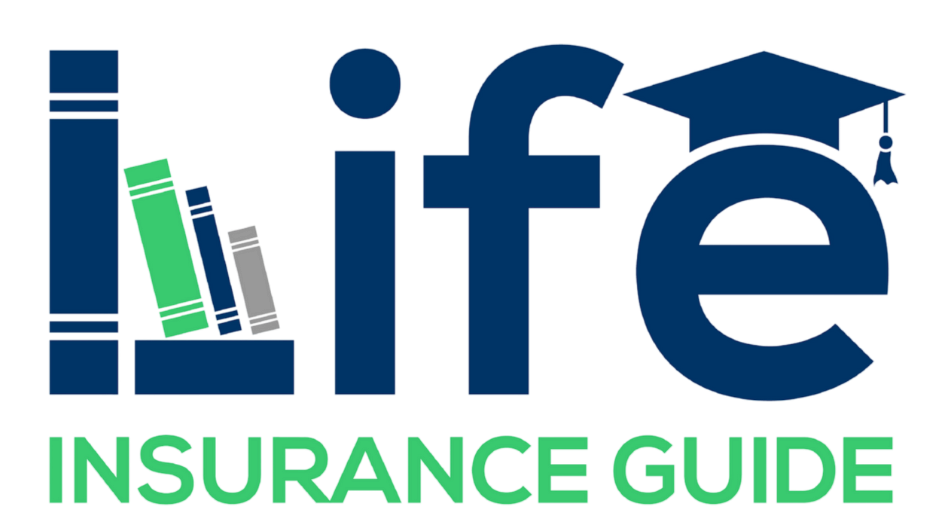Understanding Buy-Backs, Reinstatements, and Why Good Advice Matters
Life insurance is one of those things we hope we never need – but when we do, it’s vital that it works the way we expect. If you’ve got cover for things like death, total and permanent disability (TPD), or trauma (critical illness), you might assume that each benefit stands alone. But in reality, many policies are “linked” – and that can have big implications when it comes time to claim.
Let’s break it down in simple terms.
Linked vs Standalone Cover: What’s the Difference?
Imagine you’ve got $1 million of Life cover, $1 million of TPD, and $300,000 of Trauma cover. If each of those is standalone, they’re treated separately. You could claim on one, and the others stay untouched.
But if they’re linked, a claim on one benefit (say, Trauma) might reduce or cancel the others. For example:
- You claim $300,000 for a cancer diagnosis under Trauma.
- Your Life cover drops by $300,000.
- Your TPD cover might also reduce – or even disappear – depending on how it’s structured.
Why do people link their cover? Simple: it’s cheaper. Linked policies cost less than standalone ones. But that cost saving comes with trade-offs.
Can You Get Your Cover Back?
Here’s where buy-back and reinstatement options come in.
Buy-Back: After a claim (usually TPD or Trauma), you can restore your Life cover to its original amount. This usually happens 12 months after the claim, and you don’t need to go through medical checks again.
Reinstatement: If you’ve claimed Trauma cover, some policies let you reinstate it a year later – so you’re covered again for different illnesses (though not the one you already claimed for).
Some insurers even offer “Double Benefit” options, where your Life cover is restored almost immediately (like 14 days after a claim), and you don’t pay premiums on that portion anymore.
Why It Matters
Without these options, a claim today could leave you underinsured tomorrow. That’s especially risky if your health has changed – because getting new cover might be expensive, or impossible.
Let’s say you’re 45, and you claim Trauma for a heart attack. If your Life cover drops and you don’t have buy-back, your family might get less if you pass away later. But with buy-back, your Life cover returns to full strength after a year.
Real-World Example
Here’s a quick comparison from a recent scenario:
| Structure | Premium | Outcome |
| All Standalone | $1,922 | Full payout on each claim. No impact on other covers. |
| Life + TPD Linked, Trauma Standalone | $1,689 | Trauma claim doesn’t affect TPD. Life cover can be bought back. |
| Life + Trauma Linked, TPD Standalone | $1,397 | TPD claim doesn’t affect Life or Trauma. Life buy-back and Trauma reinstatement possible. |
| All Linked | $1,077 | Cheapest option. But a Trauma claim could wipe out Life and TPD. Buy-back and reinstatement help restore cover – but TPD may be lost permanently. |
So… Should You Link Your Cover?
It depends. Linked cover can save you money, but you need to understand what happens after a claim. That’s where a financial adviser can make a real difference.
An adviser can:
- Help you choose the right structure for your needs.
- Explain which buy-back or reinstatement options are available.
- Show you how different scenarios play out – using real numbers and examples.
- Make sure your cover stays aligned with your life stage, family needs, and budget.
Final Thought
Insurance isn’t just about having cover – it’s about having the right cover, and knowing how it works when life throws you a curveball. Buy-back and reinstatement options are powerful tools to keep your protection going, even after a claim. But they’re not automatic, and they’re not always easy to understand.
That’s why good advice matters.
If you’re unsure how your policy works – or want to make sure your family’s future is protected – talk to a qualified adviser. They’ll help you make sense of the fine print, and give you confidence that your insurance will do its job when it’s needed most.





